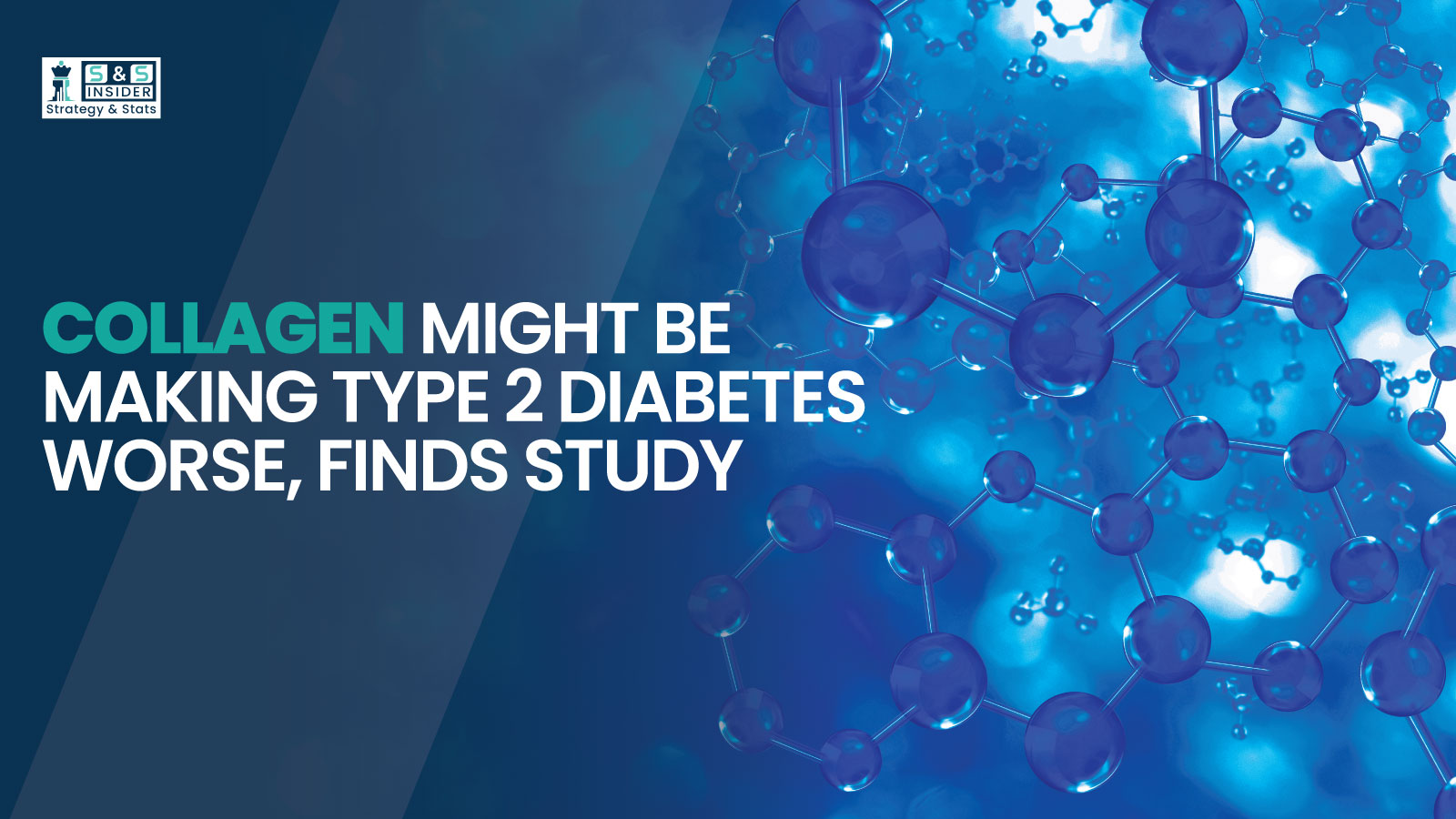
Type 2 diabetes affects around 500 million people throughout the world, and that number is likely to climb a lot in the next several decades, which is a big public health problem. This health problem is getting worse because of a mix of lifestyle choices, genetics, and complicated biological processes that make the disease worse. The condition is characterized by the gradual failure of pancreatic β-cells, which make insulin, a hormone that controls blood sugar levels. When someone has type 2 diabetes, either not enough insulin is made or the body's cells don't respond to it as well, which causes high blood sugar levels.
Amylin is another hormone that helps manage blood sugar after meals, along with insulin. The pancreas has β-cells that make both insulin and amylin. When a person with diabetes tries to make more insulin, their body also makes more amylin. Amylin molecules, on the other hand, tend to misfold, which make a structure that is different from the one needed for normal operation, especially when there are a lot of them. When amylin misfolds, it tends to stay together and make clumps that are bad for cells. Past studies have shown that these aggregates can hurt the outer layer of cells, stop nutrients from moving, and even kill cells. It is not known, though, what in the tissues of persons with diabetes makes this clumping happen.
Researchers from the Indian Institute of Technology Bombay (IIT Bombay), the Indian Institute of Technology Kanpur (IIT Kanpur), and the Chittaranjan National Cancer Institute (CNCI), Kolkata have found an important missing link in a recent study published in the Journal of the American Chemical Society. This link is fibrillar collagen I, which is a major part of the extracellular matrix.
"Cells and an acellular part, the extracellular matrix, make up every tissue”. Prof. Shamik Sen, who directed and managed the experiment at IIT Bombay's Department of Biosciences and Bioengineering, said, "It is the matrix that holds all cells together and gives organs their shape."
Collagen I, a protein that is common in connective tissues including skin and bones, becomes more common in diabetic pancreatic tissue. Now, the study shows that it acts as a platform that speeds up the aggregation of amylin, which harms the β-cells that create insulin and makes amylin more hazardous. This damage makes it harder for the body to balance blood sugar, which brings people closer to having full-blown diabetes.
The team used a variety of biophysical methods to find out how collagen I affects the aggregation of amylin. The researchers, led by Prof. Ashutosh Kumar from IIT Bombay's Department of Biosciences and Bioengineering, made human amylin. They used the right tools to keep an eye on how it acted when fibrillar collagen I was present. They used surface plasmon resonance to see how strongly the proteins stick to each other, atomic force microscopy to look at how well amylin and collagen I stick to each other, thioflavin T fluorescence to see how quickly the clumps form, and NMR spectroscopy to find out which parts of the proteins are interacting.
The tests demonstrated that amylin sticks directly to collagen I fibrils, and that aggregation happens much faster when it is present.
"It looks like the amylin completely covers the collagen surface, making persistent clumps that cells find harder to remove. Prof. Sen says, "That was a very surprising finding for us." "Amylin doesn't just build up on its own, and it seems to use collagen fibers, such as train tracks to speed up its accumulation and make it more toxic to nearby cells," says Prof. Sen.
Prof. Prasenjit Bhaumik's group from the Department of Biosciences & Bioengineering at IIT Bombay did molecular dynamics computer simulations that backed up the idea that fibrillar collagen I speed up the aggregation of amylin.
Prof. Sen worked with Prof. Hamim Zafar and Prof. Sai Prasad Pydi from IIT Kanpur and Dr. Sankhadeep Dutta from CNCI to find out how this interaction works in real biological tissues. They looked at the pancreatic tissue of diabetic mice and also at data from single cells in human pancreatic tissue. They found that as diabetes got worse, both collagen and amylin levels went up at the same time. This showed that the two were intimately related. There is also a change in the structure of the pancreatic islets, which are clusters of cells that contain the insulin-making β-cells.
This discovery also helps explain why some diabetic treatments that focus mostly on what happens inside cells may not be very good at stopping the condition from getting worse. Prof. Sen says, "We may not be able to completely get rid of the toxic microenvironment in the pancreas unless we break up this connection between amylin and collagen."
The researchers are now using cryo-electron microscopy (cryo-EM) to make models of how amylin and collagen interact. They hope this will help them make new medications. They are also looking into techniques to fix the pancreas, like transplanting islets with 3D structures that look like the natural environment to restore β-cell activity before a lot of harm has done.
Source – Research Matters (RM)